June is the first month of summer, and summer is the season of abundant fruits and vegetables. Your local farmers’ markets are open and packed full of fresh fruits and vegetables in summer. You might have guessed that I love shopping and eating according to the seasons. Now is the time to make fresh and simple meals to help stay cool and hydrated.
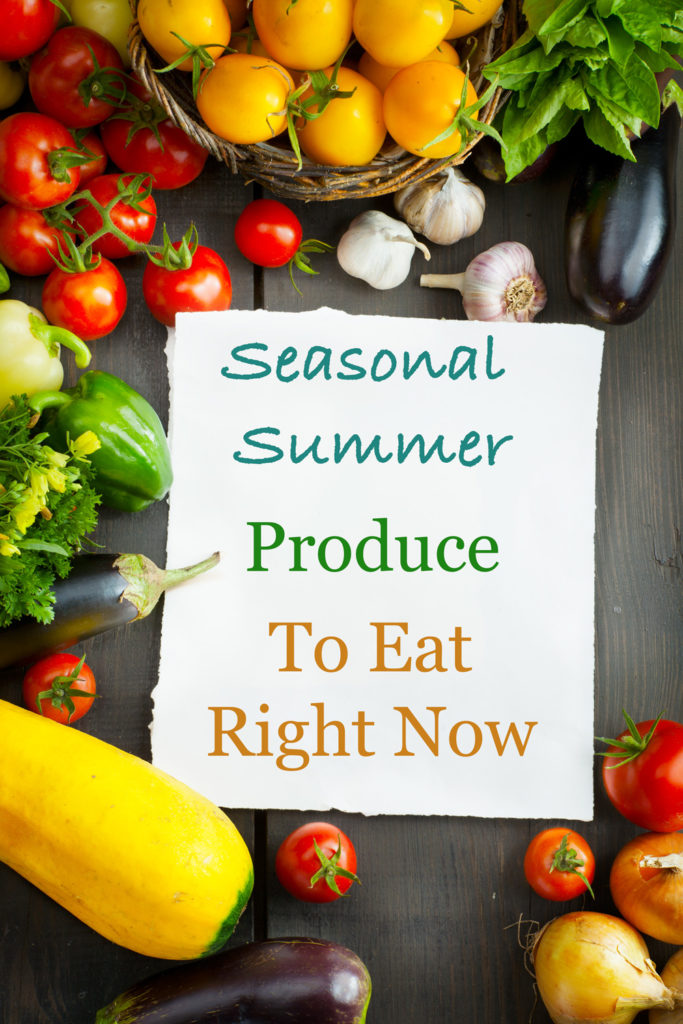
When you buy seasonal produce, you save money, but it is also the easiest way to support your local economy. In addition, you also prepare some of the best tasting meals since the ingredients are so fresh. Who doesn’t love that?
Have you been thinking about hopping on the trend of eating locally and in season? Summertime is a perfect time for this. Farmers’ markets have just opened everywhere and have brought an abundance of produce by local farmers.
Suppose you dont have access to a local farmers’ market near you. In that case, you can always find seasonal produce at any supermarket.
The options to choose from during the summer are practically never-ending. It’s colorful and delicious, from tomatoes to strawberries and summer squash to blueberries.
Summer favorites you can find at your local farmer’s market or the produce section of your local grocery store.
The bounty of summer fruits and vegetables is an exciting celebration of colors, flavors, and textures. Depending on your area, here are a few favorites to look out for this season – whether you cook them or not, since all of these can be enjoyed raw.
Carrots
Carrots aren’t just for bunnies. They can be eaten raw with a dip, added to salads, cooked into savory recipes, cakes, muffins, or even juiced. They are high in fiber, vitamin A, and beta-carotene, which help support eye health. There are different varieties of carrots except for the well-known orange ones; there are also purple, red, and yellow. In temperate areas, they are harvested year-round. Still, some varieties are only available during the carrot’s natural season, late summer and fall. During spring and early summer, you can find real baby carrots (not the trimmed-down version of regular ones labeled as “baby carrots” at grocery stores).
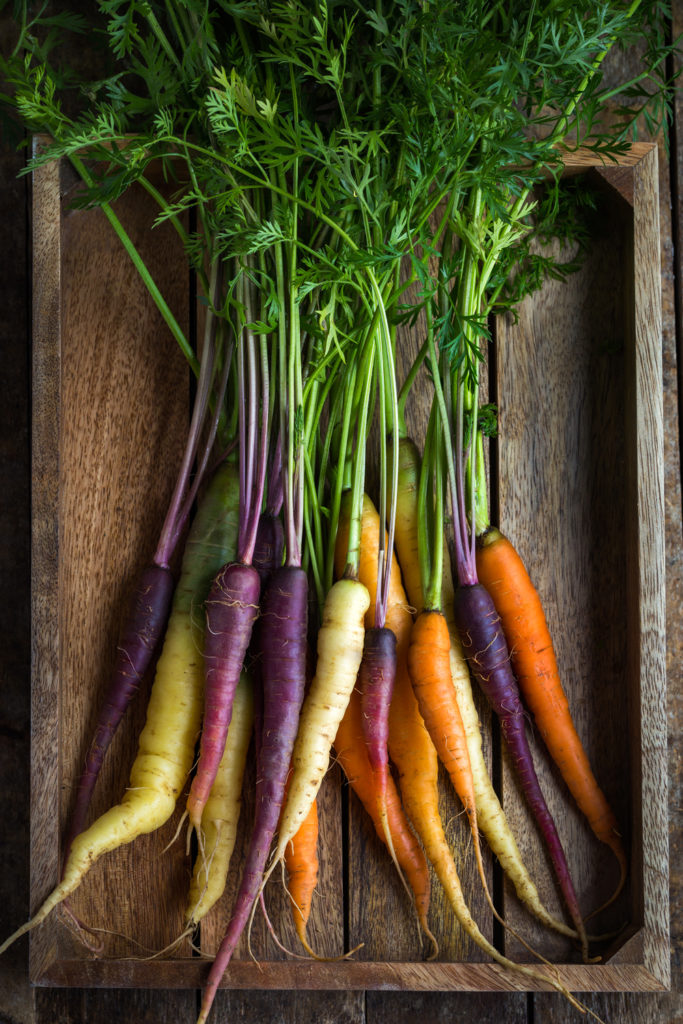
Cherries
The season for cherries starts in late spring (in warmer areas), but they are at their best in summer.
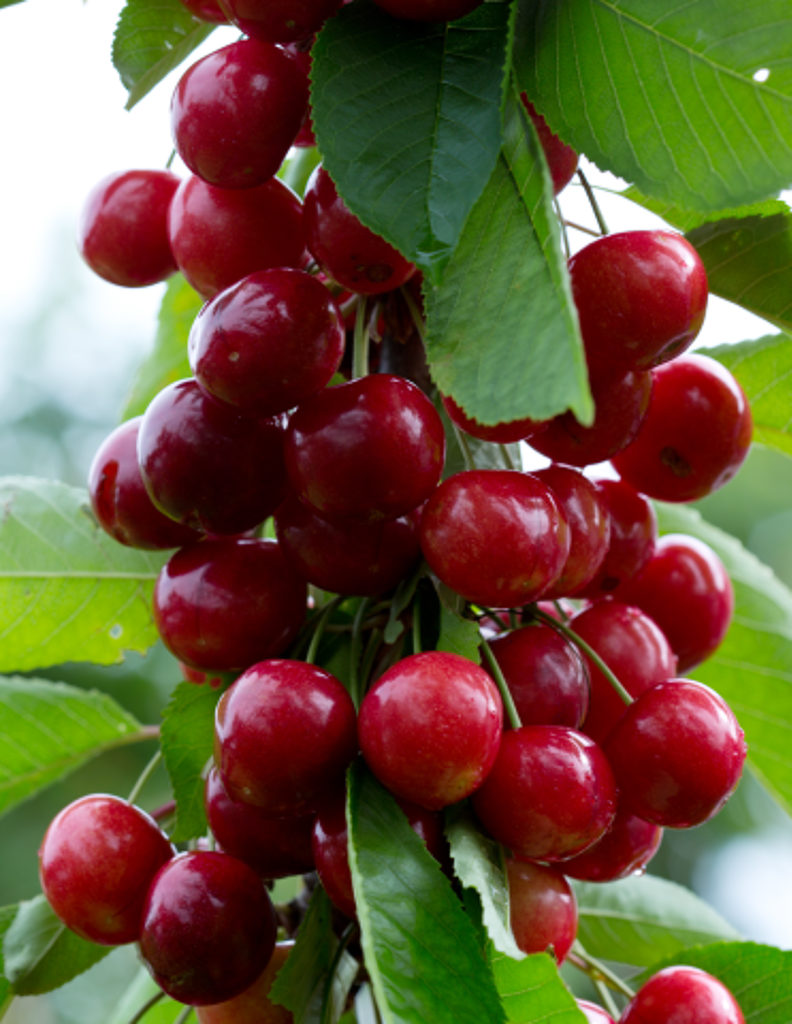
Corn
Corn on the cob, anyone? Corn is abundant at the farmers’ market or your local grocery store in late spring and summer.
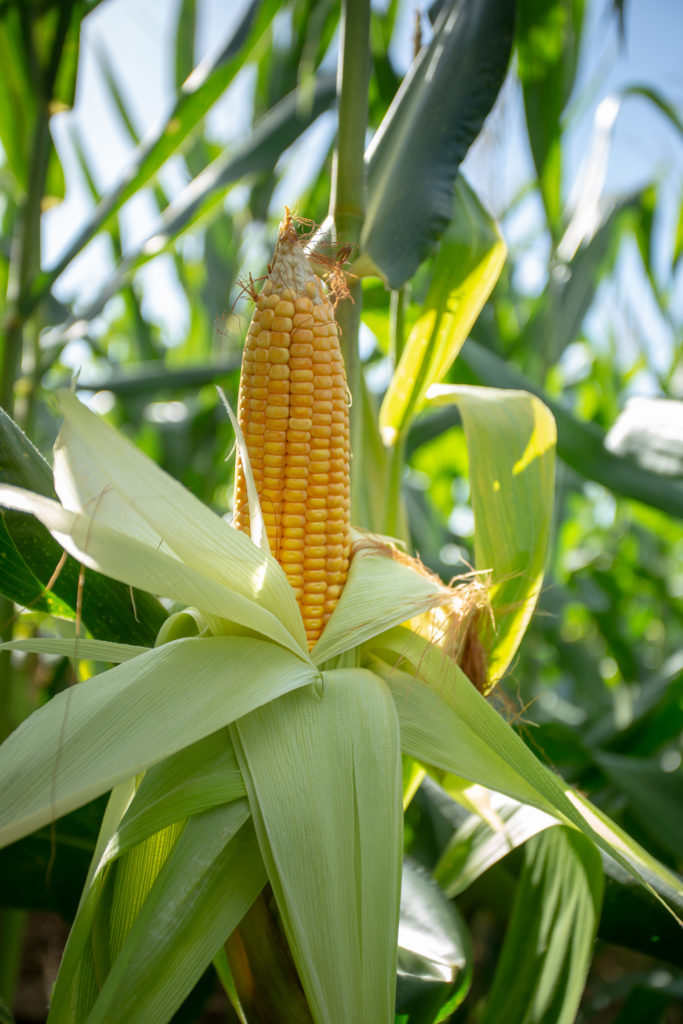
Cucumbers
Cucumbers are very rich in water, and they add lots of hydration and a nice crunch to your salads. They are perfect for combatting the hot summer weather. Cucumbers are known for being “cool” – several degrees cooler than the outside temperature. And lucky for us, they come into season in most areas just as the summer heat kicks in.

Melons – Cantaloupe, Honeydew, etc.
Summer is when melons are in season. And when in season, they for their size and, well, smell like melons.

Okra
Okra is a good source of antioxidants and is high in fiber to help keep you regular. This versatile vegetable can be stewed, baked, roasted, or used in salads and soups. Look for firm, plump pods. To avoid ending up with slimy okra, soak them in vinegar for 30 minutes before cooking and cook the whole pod instead of slicing them up to prevent the natural slimy texture.
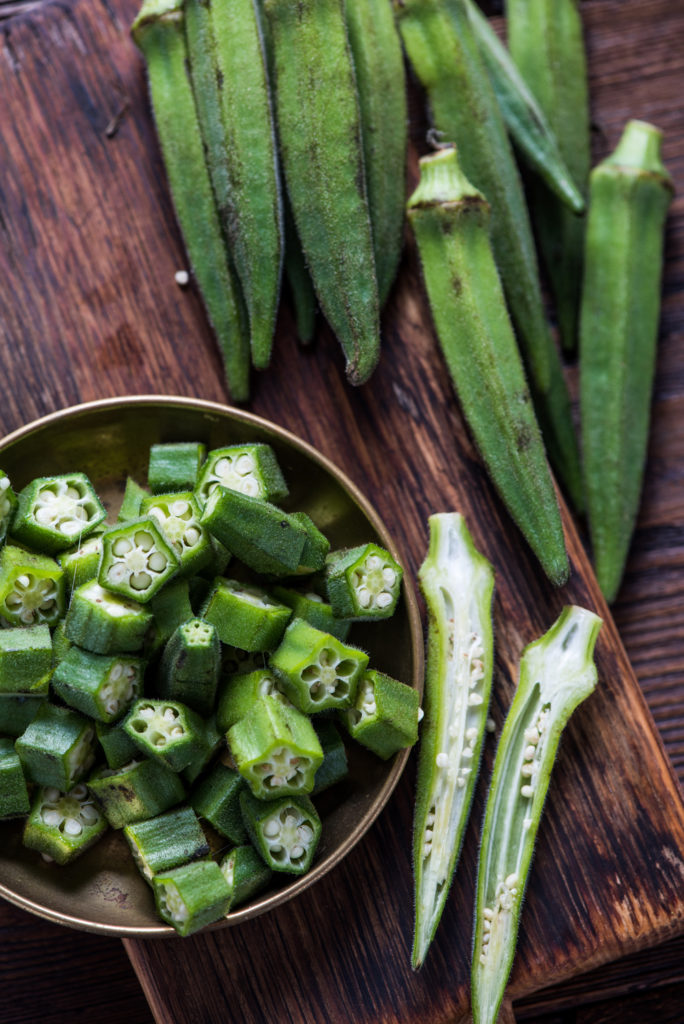
Peaches
Summer is about the only time of year you will find peaches. They are one of the highlights of summer eating, and farmers’ markets will be loaded. However, their delicate nature makes them hard to transport. When buying, look for those that feel heavy for their size, without any green near the stem, soft to the touch but not mushy. They must give a bit when pushed but be careful not to squeeze peaches when selecting them at the store as they bruise easily.
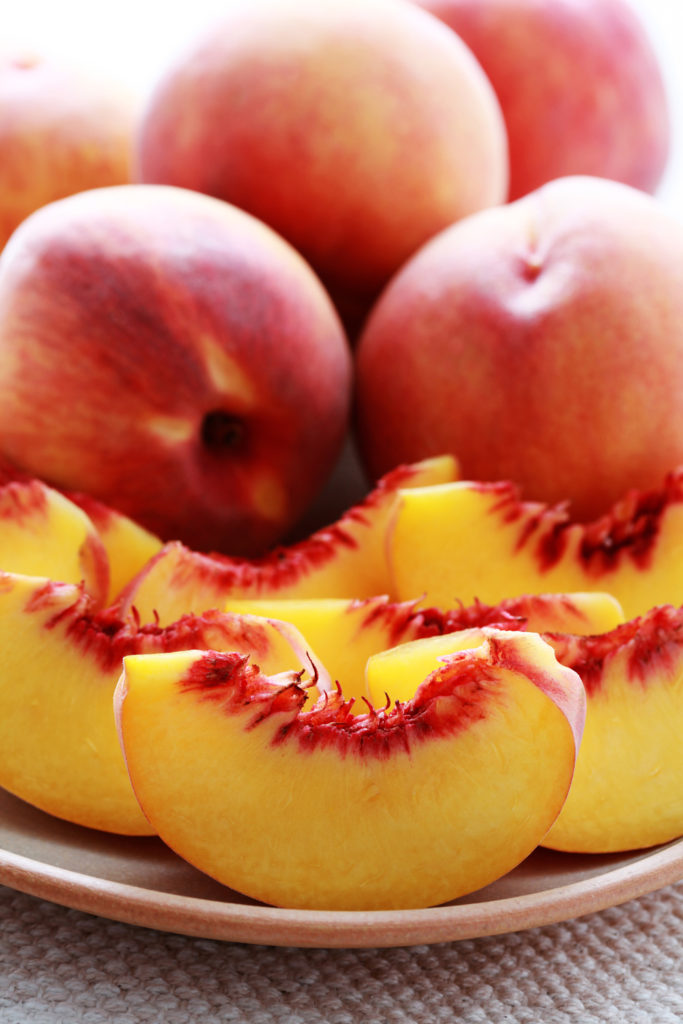
Summer Squashes
Summer squashes like zucchini and yellow squash are some of the most versatile vegetables. They can be eaten raw, cooked as ingredients of a recipe, or grilled. Store your squash in the refrigerator’s crisper drawer and wash it before using it.
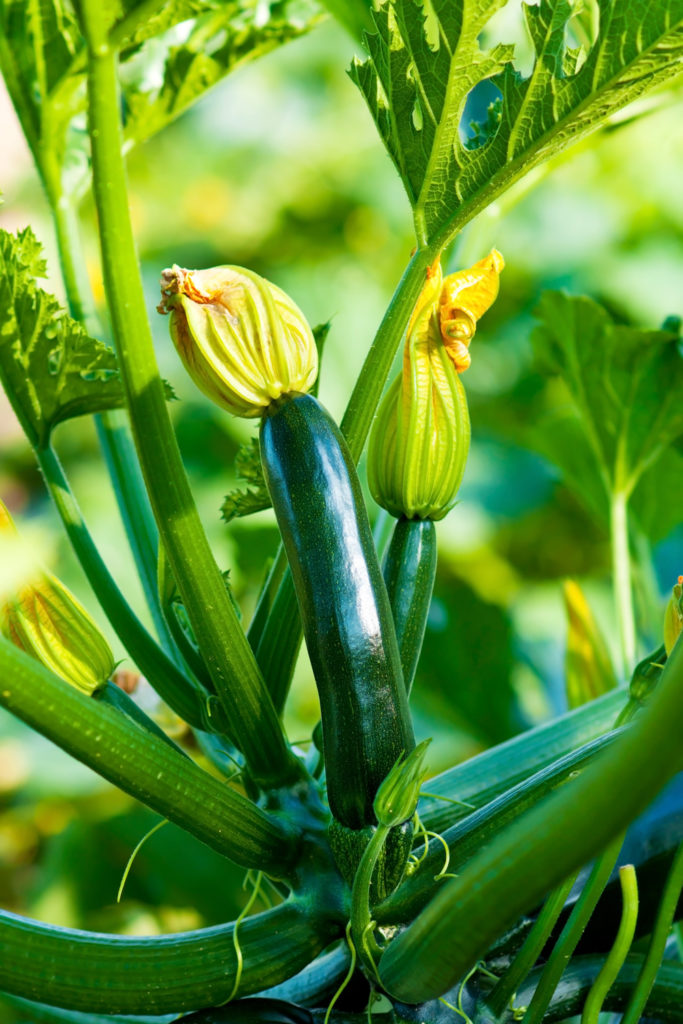
Tomatoes
Tomato is the queen of summer vegetables. There’s something about a fresh tomato in the summertime; ripe, juicy, sweet, and full of aroma and flavor! There are wide varieties of tomatoes, from the little grape and cherry tomatoes to the large varieties of heirlooms and pale yellow to bright red to purple tomatoes, each with its texture, sweetness, juiciness, and acidity or sweetness. Look for plump, heavy tomatoes with smooth skins, free of bruises, blemishes, or deep cracks – although fine cracks at the stem ends of ripe tomatoes do not affect flavor.

Watermelons
If the tomato is the queen, watermelon is the summer king. A chilled slice of watermelon is the ultimate quencher, as is 92% water. Unlike other melons, watermelons don’t tend to emit a smell even when they’re ripe and ready to eat. Choose a firm, symmetrical watermelon that’s heavy for its size and free of bruises, soft spots, moldy patches, and cracks. The side of the watermelon on which it sat on the ground and ripened should have a creamy yellow spot.
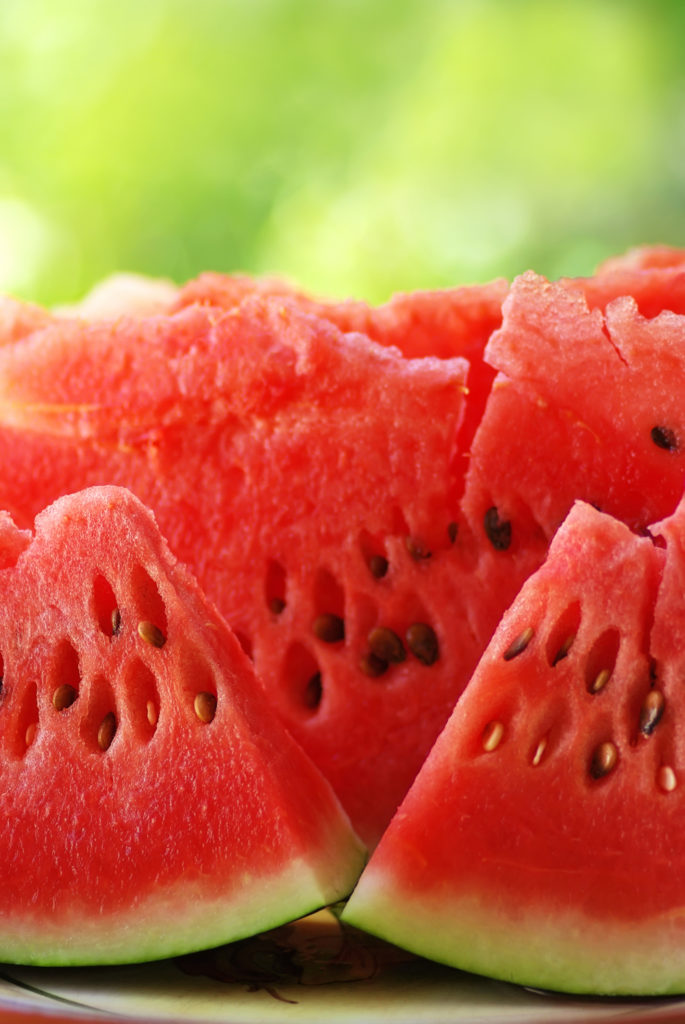
The best part about eating seasonal and local produce is that it’s incredibly affordable and provides the best nutrients and flavor. With the large variety of fruits and vegetables in season during summer, your menu options will be endless, and you will stay satisfied. Use the fruits and vegetables to make smoothies, salads, juices, and even cold soups during the season.
Related Pages
- Eating Well Through The Seasons
- Eating Well Through The Seasons – Spring
- Easy Ways To Adopt The Mediterranean Diet
- Let’s Eat The Mediterranean Way!
** Eat Mediterranean Food is a personal blog and recipes website dedicated to Mediterranean cooking and lifestyle. The readers assume full responsibility for consulting a qualified health professional regarding any health conditions and concerns before starting a health program or diet or lifestyle changes.

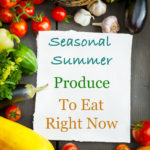
 The Best Roasted Garlic Hummus
The Best Roasted Garlic Hummus
Leave a Reply